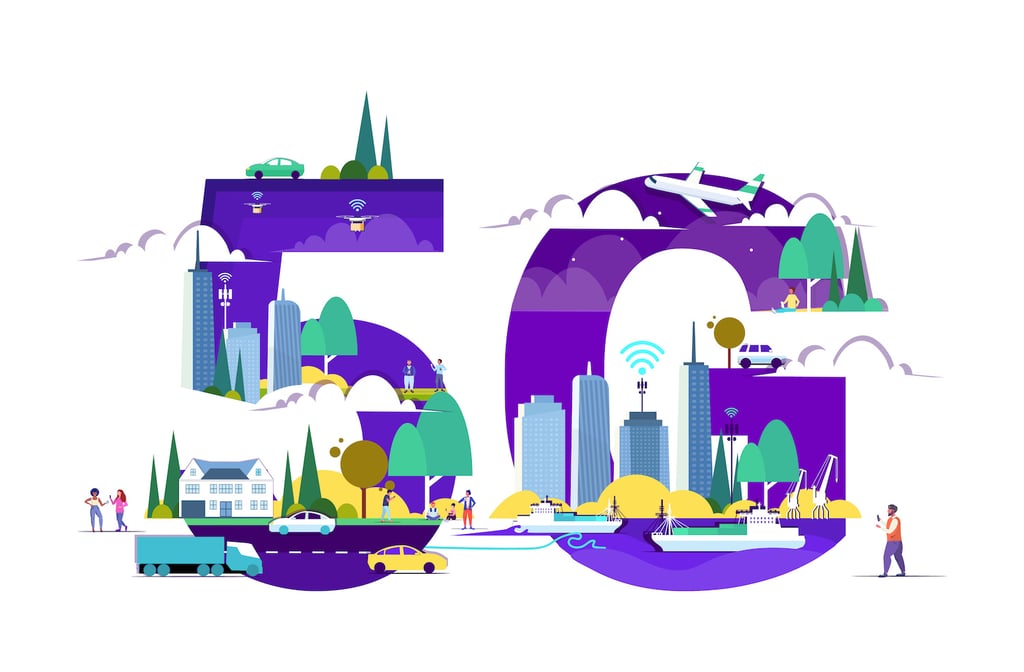
Five Reasons Wi-Fi Will Overtake Traditional Telecoms

Stacey Higginbotham at GigaOm offers a long and very interesting piece about broadband speeds that speaks, though indirectly, to the bigger picture of the impact of net neutrality (and the apparent death of net neutrality) on the broadband universe.
The first few paragraphs of the story lay out the issue at hand: There appears to be a slowdown in broadband speeds for some providers during primetime hours. Higginbotham suggests that where the issue is occurring is pretty well known:
The problem is peering, or how the networks owned and operated by your ISP connect with networks owned and operated by content providers such as Amazon or Netflix as well as transit providers and content delivery networks. Peering disputes have been occurring for years, but are getting more and more attention as the stakes in delivering online video are raised. The challenge for regulators and consumers is that the world of peering is very insular and understanding the deals that companies have worked out in the past or are trying to impose on the industry today is next to impossible.
What we are far from knowing, however, is precisely why it is happening. The bulk of the comprehensive report essentially says that the Federal Communications Commission (FCC) is starting the ball rolling on figuring out what is going on, but that it will take a long time to find answers. The story then describes the requisite measurement methodologies in great detail. The most important big picture takeaway, however, is this:
What might look like an esoteric debate over the best way to measure broadband speeds is hiding a real issue for America’s broadband networks. Sources at large content providers believe the M-Lab data shows how ISPs are interfering with the flow of traffic as it reaches their last-mile networks.
The key is the belief that ISPs have their electronic fingers (digits?) on the scale: Higginbotham points out that this is not truly a net neutrality issue. At a very high level, however, the issues are related in that both refer to the influence an ISP has over delivery of content. The policy and, perhaps, enforcement issue that must be dealt with in short order is simply whether Comcast, AT&T or Joe’s Internet can treat Netflix differently than Hulu or Tom’s Video Service.
If the investigations Higginbotham describes eventually prove that an ISP indeed did slow down services, it quite possibly broke the laws that were in effect at that time. Once the net neutrality laws were eviscerated, though, such activities may have become legal.
In any case, the jockeying may be starting. The Verge and other sites report that iScan Online engineer David Raphael reported what he believed were abnormalities in delivery speeds on some services. He said he was told by a Verizon FiOS customer service rep that certain cloud-based services indeed were being suppressed. The company contradicted its employee and said that all traffic is being treated equally. Indeed, the incident was the lead in Higginbotham’s report.
The decision that gutted net neutrality was the starting gun in confronting the issue of what an ISP can and can’t do. Beta Beat reported this week that Democrats in Congress have introduced legislation to resurrect net neutrality until the FCC acts. Republicans may block those efforts, however.
Prepare for an unsettled time. The commentary surrounding last month’s decision suggested that the FCC may consider foregoing an appeal. Experts maintain that the FCC had erred in how they categorized broadband and that the decision was correct based on the facts before the court. The other likely options are that the FCC will appeal, re-categorize broadband in a way that makes oversight easier, or will let the market deal with the issue on its own.











